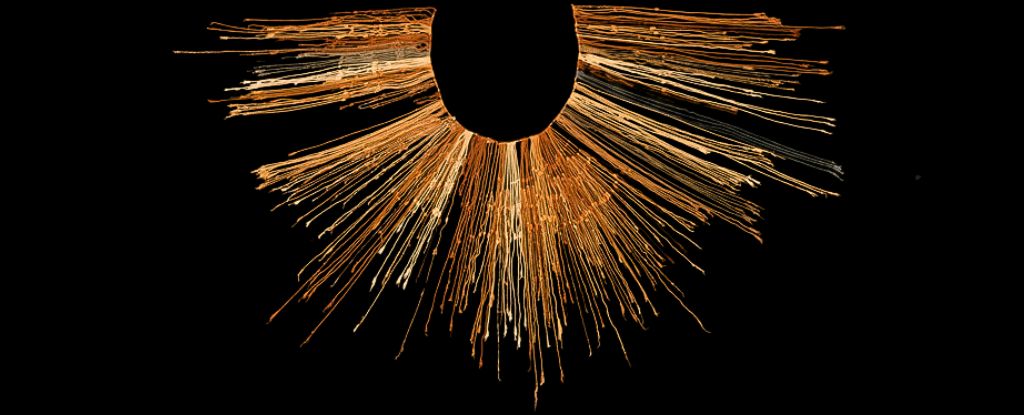
The discovery of evidence indicating that commoners participated in the creation of khipus has reshaped our understanding of the Inca Empire’s record-keeping practices. Traditionally, it was believed that only elite officials held the knowledge necessary to make these intricate knotted cords, which documented various aspects of Incan life including economics, religion, and demographics. This new insight suggests that khipu literacy may have been far more widespread than previously understood.
Research led by Sabine Hyland, a professor of social anthropology at the University of St Andrews, reveals that khipus were not solely the domain of high-status bureaucrats. Until now, historical descriptions from colonial Spanish chroniclers suggested that khipus were crafted exclusively by individuals of elevated rank who enjoyed privileges such as fine food and drink. The term used for khipu makers, khipu kamayuq, reflects a role that combined both authorship and scribing.
The research team uncovered that khipu experts sometimes signed their creations with locks of their own hair, which carried significant cultural meaning. In Incan cosmology, a person’s hair was thought to contain their essence, making it a powerful symbol of identity. For instance, the hair collected during a child’s first haircut was often presented as an offering to deities or kept as a sacred object.
In the highland village of Jucul, Peru, where over 90 ancestral khipus are preserved, the research team found that hair tied to the primary cord of certain khipus indicated the identities of their creators. This finding aligns with previous observations that herders in the Andes used their own hair as a signature to denote responsibility for the information encoded within the khipus.
In an intriguing example, the team identified an Inca-era khipu, designated as KH0631, which features a primary cord made entirely from human hair. This khipu has not been previously examined for hair content, making the study a groundbreaking effort. The hair, measuring 104 cm long, was folded and twisted, suggesting that it represented over eight years of growth.
To gain insights into the individual responsible for making KH0631, the researchers conducted isotope analysis on a sample taken from the end of the cord. The results revealed intriguing dietary patterns. While elite Incas had access to meat and maize-based dishes, the isotopic composition of the hair indicated that the khipu’s creator likely belonged to a lower-status group, subsisting primarily on a plant-based diet of tubers and greens.
The analysis highlighted that this individual had minimal access to marine food sources, suggesting a highland residence rather than a coastal one. The isotopic examination of KH0631 marks the first time that such analysis has been applied to khipu fibers, allowing a unique glimpse into the dietary habits of the person behind the creation of this artifact.
This pivotal research challenges the long-standing belief that khipus were exclusively produced by the elite. It implies that the ability to create khipus was not limited to high-ranking officials, thereby broadening our understanding of social dynamics within the Inca Empire. The findings suggest that khipu literacy may have been more inclusive, involving a wider cross-section of the Incan population than previously thought.
The implications of this study extend beyond the realm of anthropology, prompting a reevaluation of how we understand the complexities of Incan society. As Sabine Hyland states, “Our new evidence suggests that commoners made khipus too—and that khipu literacy may have been more widespread than previously believed.” This research not only enriches our comprehension of Incan history but also challenges preconceived notions about power and knowledge in ancient civilizations.
As scholars continue to explore the depths of Incan record-keeping practices, the findings surrounding khipus underscore the importance of revisiting and reassessing historical narratives. The study invites further investigation into the lives of those who contributed to the intricate tapestry of the Inca Empire, revealing a more nuanced picture of its cultural and social fabric.







